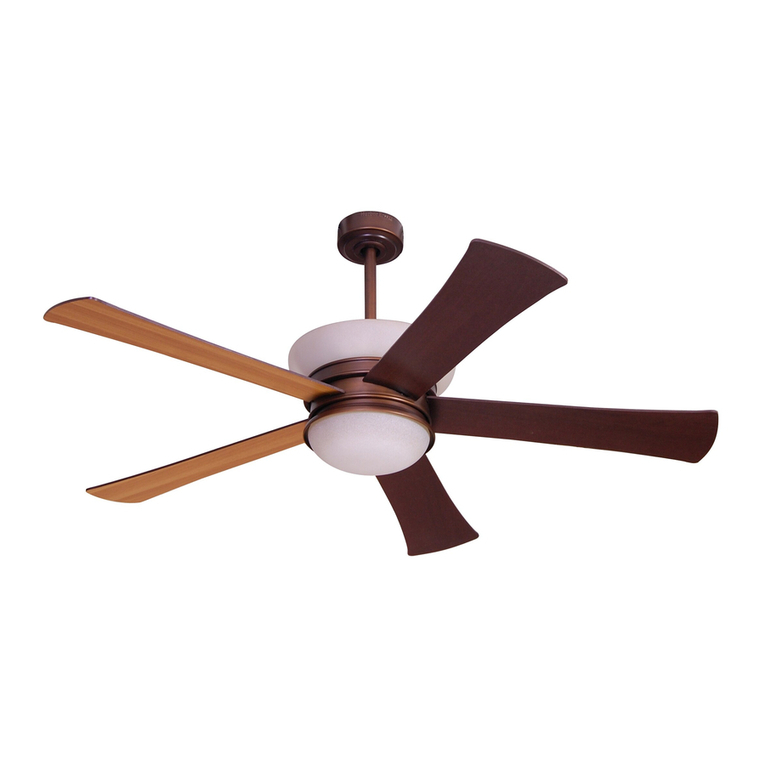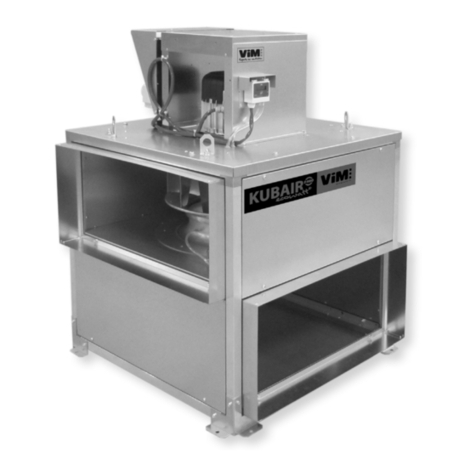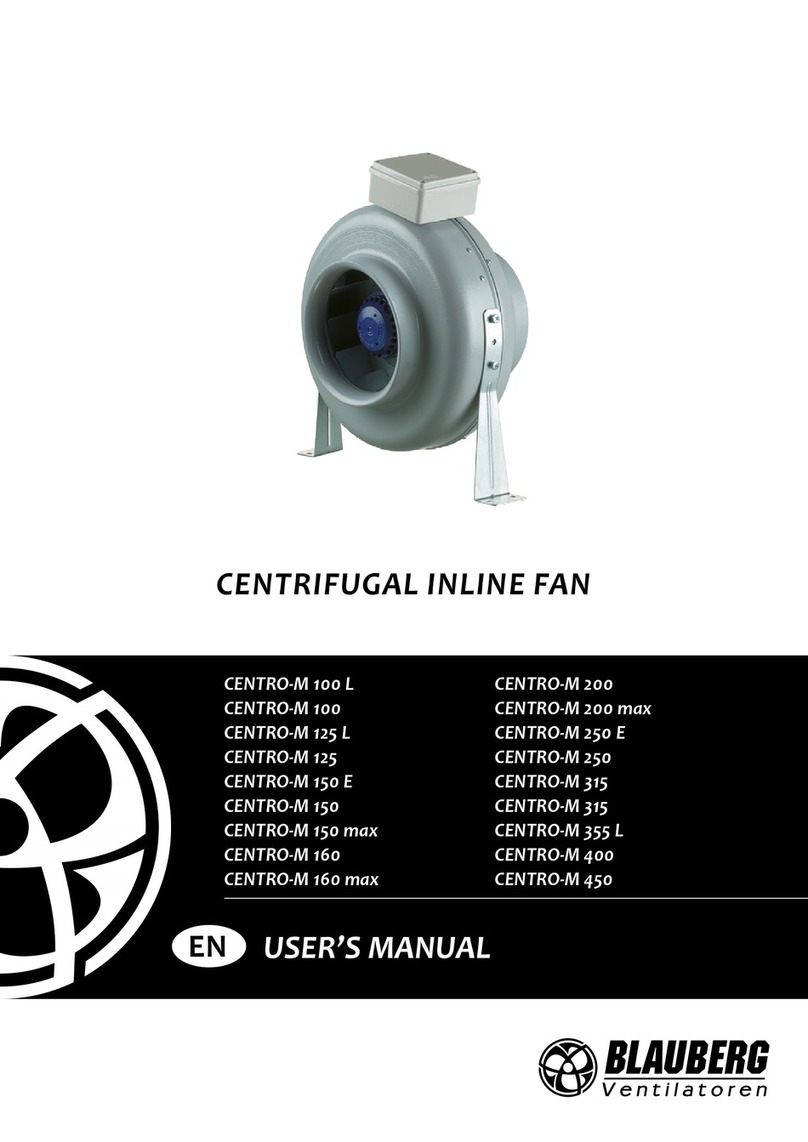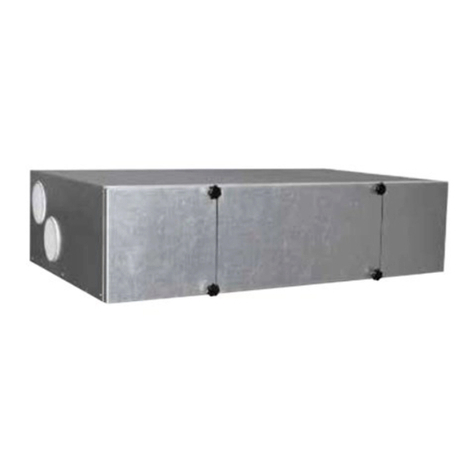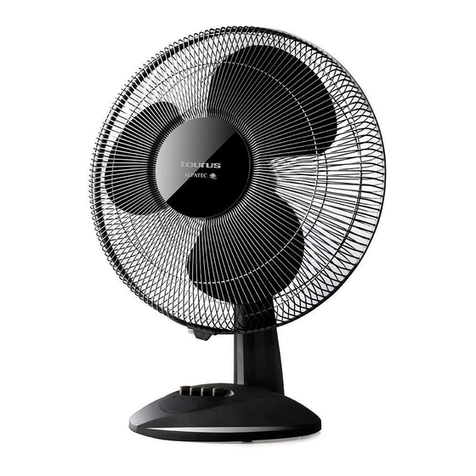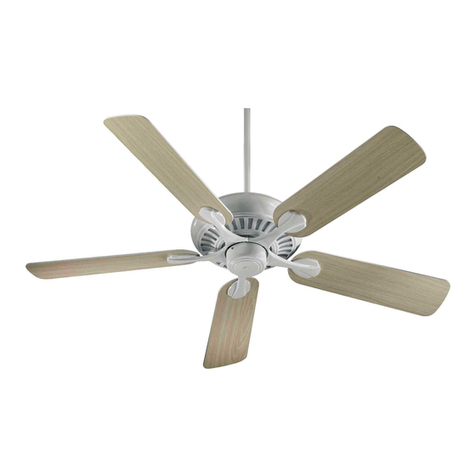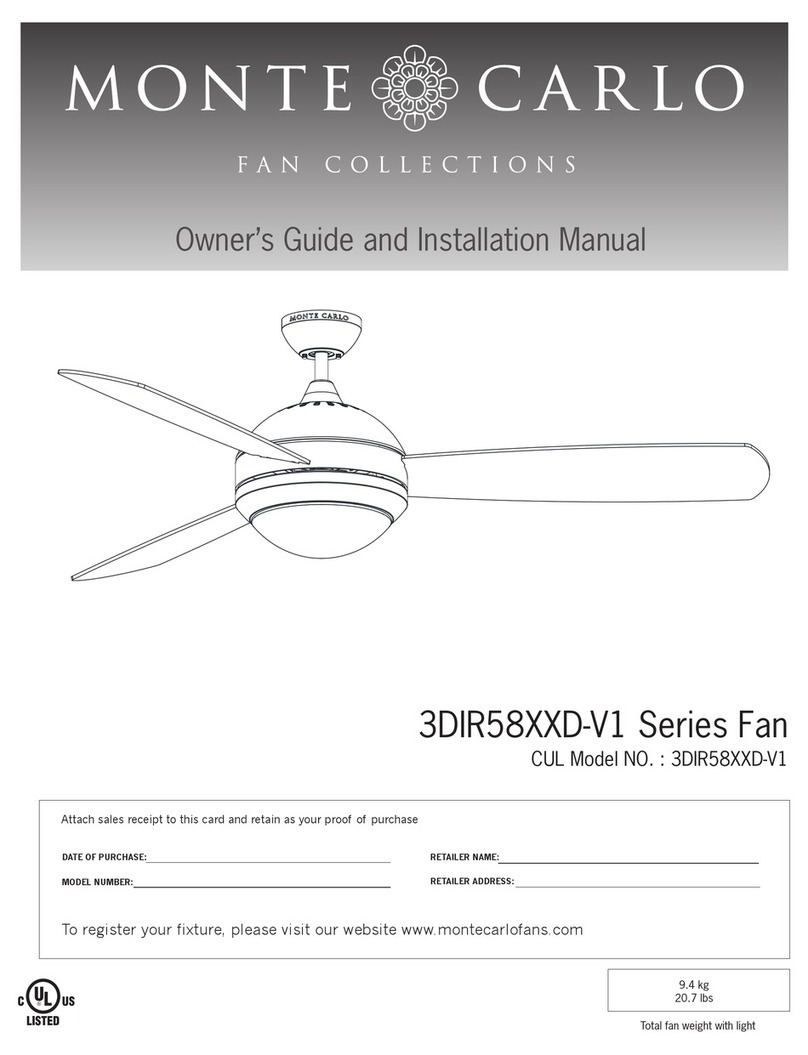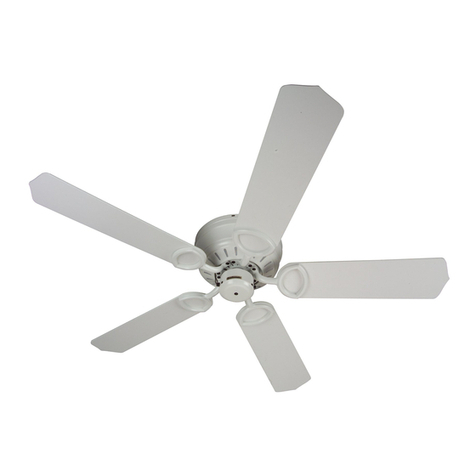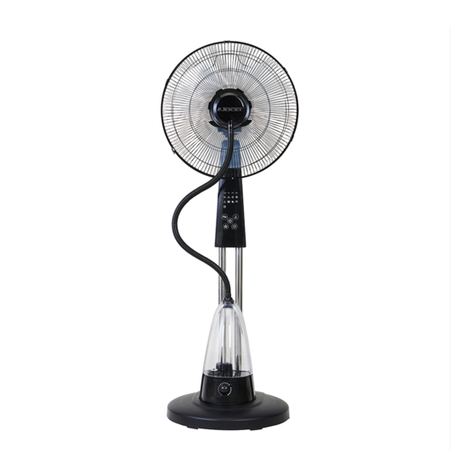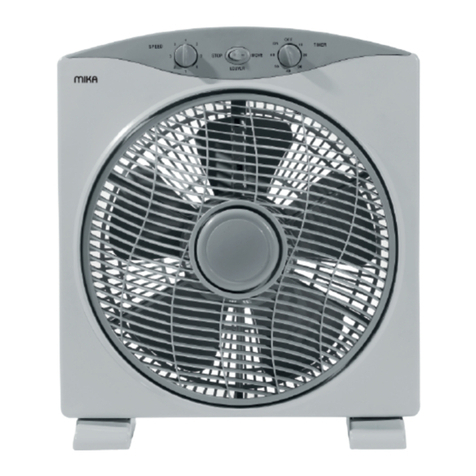
GENERAL INFORMATION
3
The unit must be level for proper operation and ease of piping.
Support beams must also be level as shims should not be used
between pan and support beams to level the unit.
All piping external to BAC cooling equipment must be supported
separately. In case the equipment is installed on vibration rails or
springs, the piping must contain compensators to eliminate
vibrations carried through the external pipework.
All connections in the external pipework (installed by others) must
be leak free and tested accordingly. All piping external to BAC
cooling equipment must be supported separately.
Coils of ICE THERMAL STORAGE units are filled with a low inert gas
at the factory before shipping, to ensure an optimal internal
corrosion protection.
On site, the pressure needs to be released from the coil by opening
the pressure relieve valve and removing the pipe caps.
For NH3 coils cut the threaded pipe-end and bevel for welding on
site. Make sure to protect the unit against sparks from the cutting
process with a suitable material. Next connect the pipework to the
coil connections by welding.
The installer of BAC equipment must ensure proper system purging
of air prior to operation. Entrained air can obstruct the proper flow of
glycol solution, resulting in higher operating pressures than design
and reduced thermal storage capacity.
These products must be protected against damage and/or reduced
effectiveness due to possible uncontrolled freeze-up by mechanical
and operational methods. Please refer to the BAC Product &
Application Handbook or contact your local BAC Balticare
representative for recommended protection alternatives.
All electrical, mechanical and rotating machinery constitute a
potential hazard, particularly for those not familiar with its design,
construction and operation. Accordingly, adequate safeguards
(including use of protective enclosures where necessary) should be
taken with this equipment both to safeguard the public (including
minors) from injury and to prevent damage to the equipment, its
associated system and the premises.
If there is doubt about safe and proper rigging, installation,
operation or maintenance procedures, contact the equipment
manufacturer or his representative for advise.
When working on operating equipment, be aware that some parts
may have an elevated temperature. Any operations on elevated
level have to be executed with extra care to prevent accidents.
Air piping between air pump and TSU/TSC can have temperatures
above 40°C. Insulate the piping if necessary to prevent personal
injury.
AUTHORIZED PERSONNEL
The operation, maintenance and repair of this equipment should be
undertaken only by personnel authorized and qualified to do so. All
such personnel should be thoroughly familiar with the equipment,
the associated systems and controls and the procedures set forth in
this and other relevant manuals. Proper care, procedures and tools
must be used in handling, lifting, installing, operating and repairing
this equipment to prevent personal injury and/or property damage.
MECHANICAL SAFETY
Mechanical safety of the equipment is in accordance with the
requirements of the EU machinery directive. Depending upon site
conditions it also may be necessary to install items such as screens,
ladders, safety cages, stairways, access platforms, handrails and
toe boards for the safety and convenience of the authorized service
and maintenance personnel. At no time this equipment should be
operated without all, access cover panels and access doors in place.
For more information consult your local BAC Balticare
representative.
ELECTRICAL SAFETY
Each motor associated with this equipment should be installed with
a lockable disconnect switch located within the sight of the
equipment. No service work should be performed on or near the
motors or inside the equipment unless motors are electrically
isolated.
LIFTING
Failure to use designated lifting points can result in a dropped
load causing severe injury, death and/or property damage. Lifts
must be performed by qualified riggers following BAC published
Rigging Instructions and generally accepted lifting practices; The
use of supplemental safety slings may also be required if the lift
circumstances warrant its use, as determined by the rigging
contractor.
LOCAL REGULATIONS
Installation and operation of cooling equipment may be subject of
local regulations, such as establishment of risk analysis. Ensure
regulatory requirements are consistently met.
Please refer to the Limitation of Warranties applicable to and in
effect at the time of the sale/purchase of these products.
Leveling
Connecting Pipework
Welding Pipework
Purge Requirements
Freeze Protection
Safety Precautions Warranties

